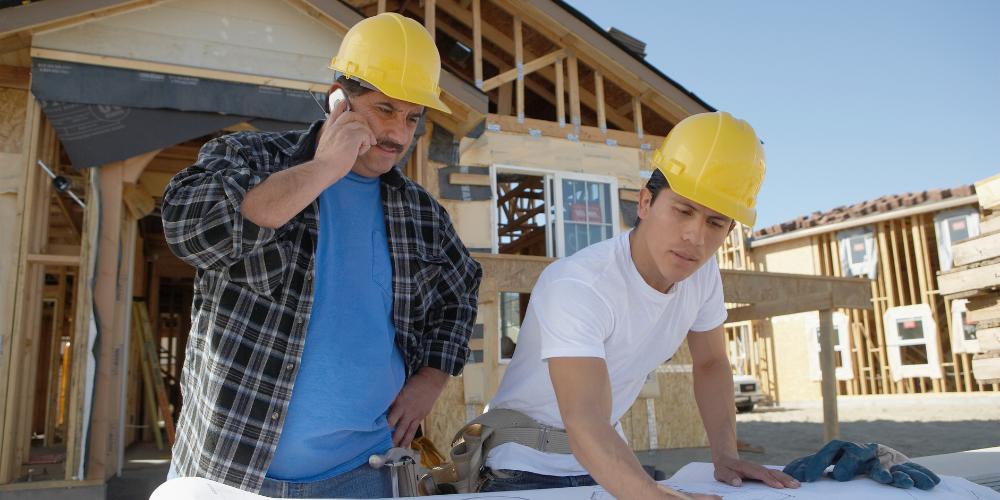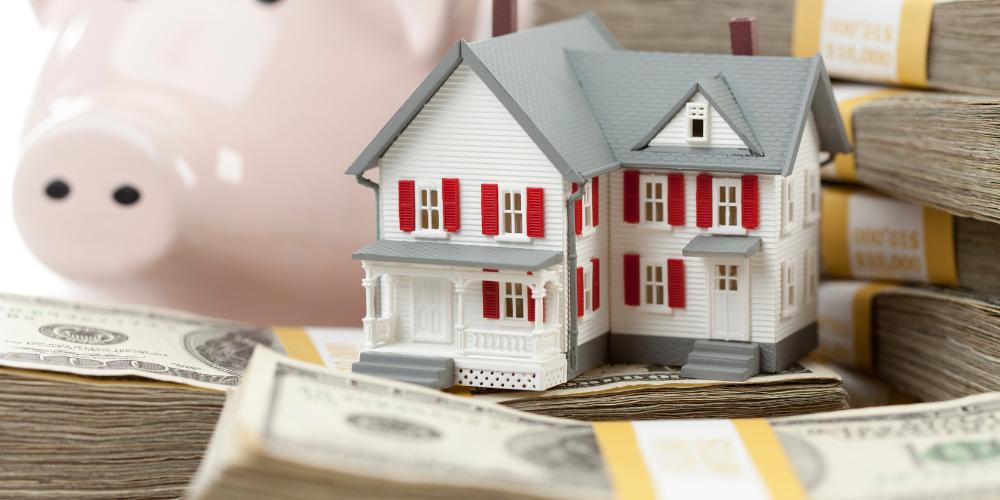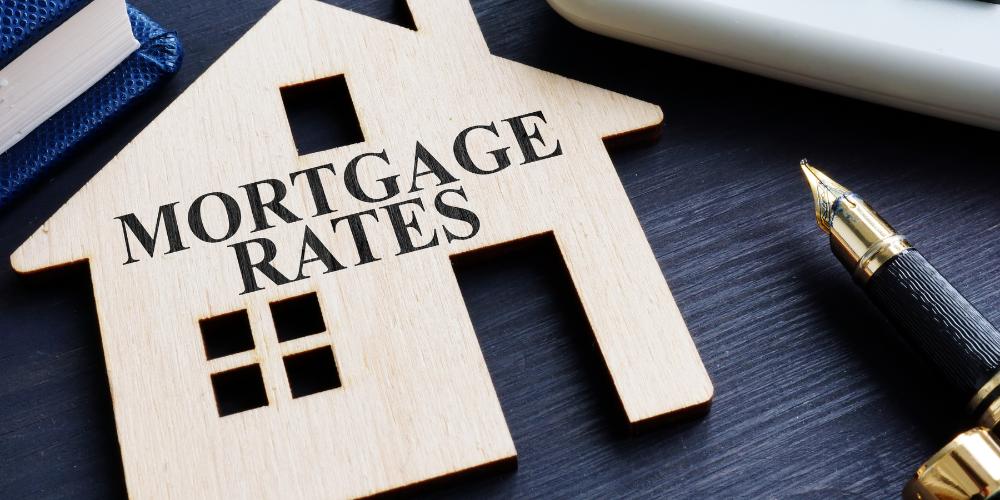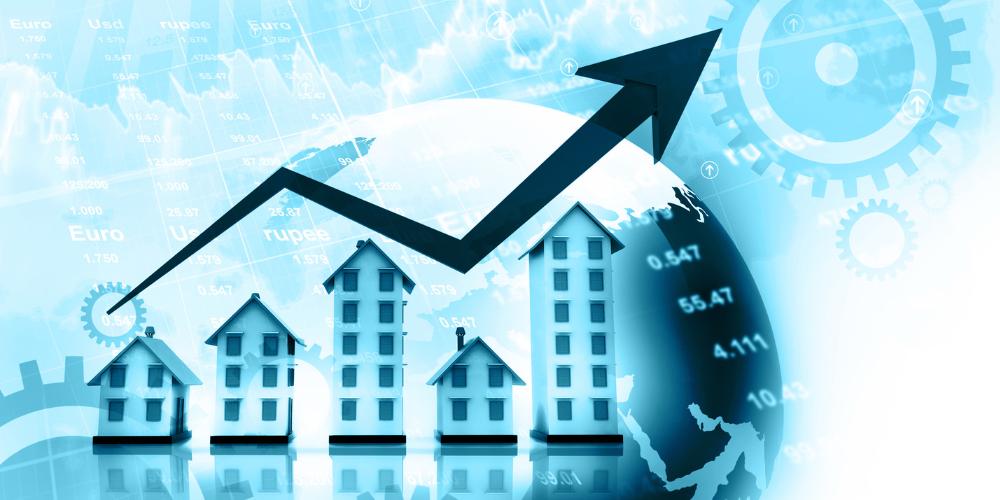Although economists predict that home prices may continue to decrease into 2023, most agree that a total housing market crash is unlikely. The cooling in house prices is more a correction to the unprecedented growth seen throughout the pandemic, than a sign of a weak market. Most financial experts claim that the market’s fundamentals remain solid and likely won’t result in a complete housing crash. Here are some of the signs that indicate a housing market crash is unlikely.
Why The Housing Market Won't Crash
1. Low Inventory
Even though prices have started to decline, inventory remains low. Not as many homes are being put up for sale, and new construction has lagged, leading to a housing shortage. The National Association of Realtors reported that inventory is down by 18.8% from last year. As new potential buyers enter the market, there isn’t enough housing supply to satisfy them all. So, property prices will remain competitive because the market is still in the seller’s favor, preventing a housing bubble.
2. Demand is High
Another sign that a housing crash is unlikely is that the demand for housing is still strong. Although mortgage rates have increased, they haven’t increased enough to halt demand completely. The cooling in home prices means that more Americans can afford to buy a property compared to at the height of the pandemic, and many are looking to take advantage.
With the rise of remote work, many realize that they need more space or want the stability of homeownership. The demand has slowed down compared to 2020, but there are still plenty of active homebuyers entering the market every day, which will keep home prices from going too low.
3. Builders Can't Keep Up

One of the reasons that there’s a housing shortage in the first place is that home builders can’t keep up with the current demand. Limited housing supply has been a concern of many market analysts for the past decade. New construction has not kept pace with demand since the 2008 housing market crash, and the pandemic has only exacerbated that trend.
Supply chain problems and government shutdowns temporarily halt most new construction. Although there’s been an increase since the world has reopened, the construction industry has yet to make up for the lost time. So the housing supply will likely remain low for the foreseeable future, maintaining a seller’s market and keeping housing prices competitive.
4. New Buyers are Entering the Market
A whole new generation of homebuyers is now entering the market and looking to purchase their first home. Millennial home owners are a massive group and just entering their prime home-buying years. Gen Z is also starting to come of age, and the oldest are now in their mid-20s. With housing prices cooling, it presents an excellent opportunity for first-time homebuyers to enter the market.
We are amidst one of the largest wealth transfers in human history as the boomer generation enters their twilight years. This eventual flood of inheritance money will likely bring more capital into the real estate market in the coming years and have a major impact on home prices.
5. Lending is Still Strict
Another key difference between the market today and the years leading up to the 2008 housing crisis is the strict lending standards. Unscrupulous lending largely caused the housing bubble in 2008, as many borrowers were allowed to take out loans they couldn’t realistically afford.
Today, many of the lending practices that resulted in the subprime mortgage crisis are outlawed, and lenders remain strict with their underwriting requirements. That means borrowers must prove that they can realistically afford the home they are buying, which dramatically diminishes the chance of mass foreclosures, which triggered the last housing crisis.
6. Record Levels of Equity

Homeowners also have much more equity in their homes compared to 2008. The value of homeowner equity has more than doubled in the United States since the last housing market crash, going from about $10.2 trillion in 2008 to 21.1 trillion in 2020. That means the average homeowner has a greater cushion to prevent foreclosure.
So, even if the economy is in a recession, borrowers aren’t quite as overextended as they were leading up to the last housing crisis, which is a good sign that the market will remain strong.
7. Homeowners Aren't Selling
Currently, most homeowners are staying put, which is another factor that will impact the amount of available inventory. Many Americans took advantage of the historically low-interest rates during the pandemic and refinanced their mortgage or bought new homes.
With interest rates rising and housing prices cooling off, many homeowners are choosing to stay put if they can. The inventory shortage, coupled with rising mortgage rates and inflation, will put pressure on both supply and demand, leading to fewer transactions but not a total market collapse.
8. Mortgage Rates Will Go Down

Mortgage rates are already beginning to decline following a steep hike in 2022. As inflation tapers off and people start to return to their everyday spending habits, you will see more and more buyers entering the housing market. Demand is already outpacing inventory, and as loans become cheaper, more capital will flow into the real estate sector impacting housing prices.
According to the Fed, it’s unlikely that rates will return to pre-pandemic levels. However, they should fall in line with historic norms of 3-7%. This will lead to a healthy balance of new capital entering the market without overheating it and causing a housing bubble.
9. Foreclosures are Down
The 2008 housing market crash was initiated by a wave of foreclosures which caused a chain reaction in the banking system. That same level of mass default is not happening in the current market, which means a crash is unlikely. Foreclosure activity was paused during the pandemic, which resulted in historically low rates. Although the foreclosure rate has picked up since the world reopened, it’s nowhere near the level it was at leading up to the 2008 housing market crash.
10. Institutional Investment
Institutional investors are now getting in on the action. According to a study by Redfin, institutional investors purchased about 18.2% of the homes sold in the US in the 3rd quarter of 2021. These large financial firms purchase single-family homes, add them to their portfolio, then rent them out to tenants. Although this institutional investment may exacerbate the housing shortage for regular home buyers, it also helps to prop up housing prices by supplying a steady flow of capital.
Ultimately, there are too many willing buyers and too little inventory for the housing market to crash completely. Even if the economy is still in recovery, many Americans have the desire and the means to purchase homes, which keeps the market alive. While a correction in home prices is inevitable given the wild movements that occurred over the past few years, the housing market’s fundamentals remain strong, which means a crash is unlikely.

